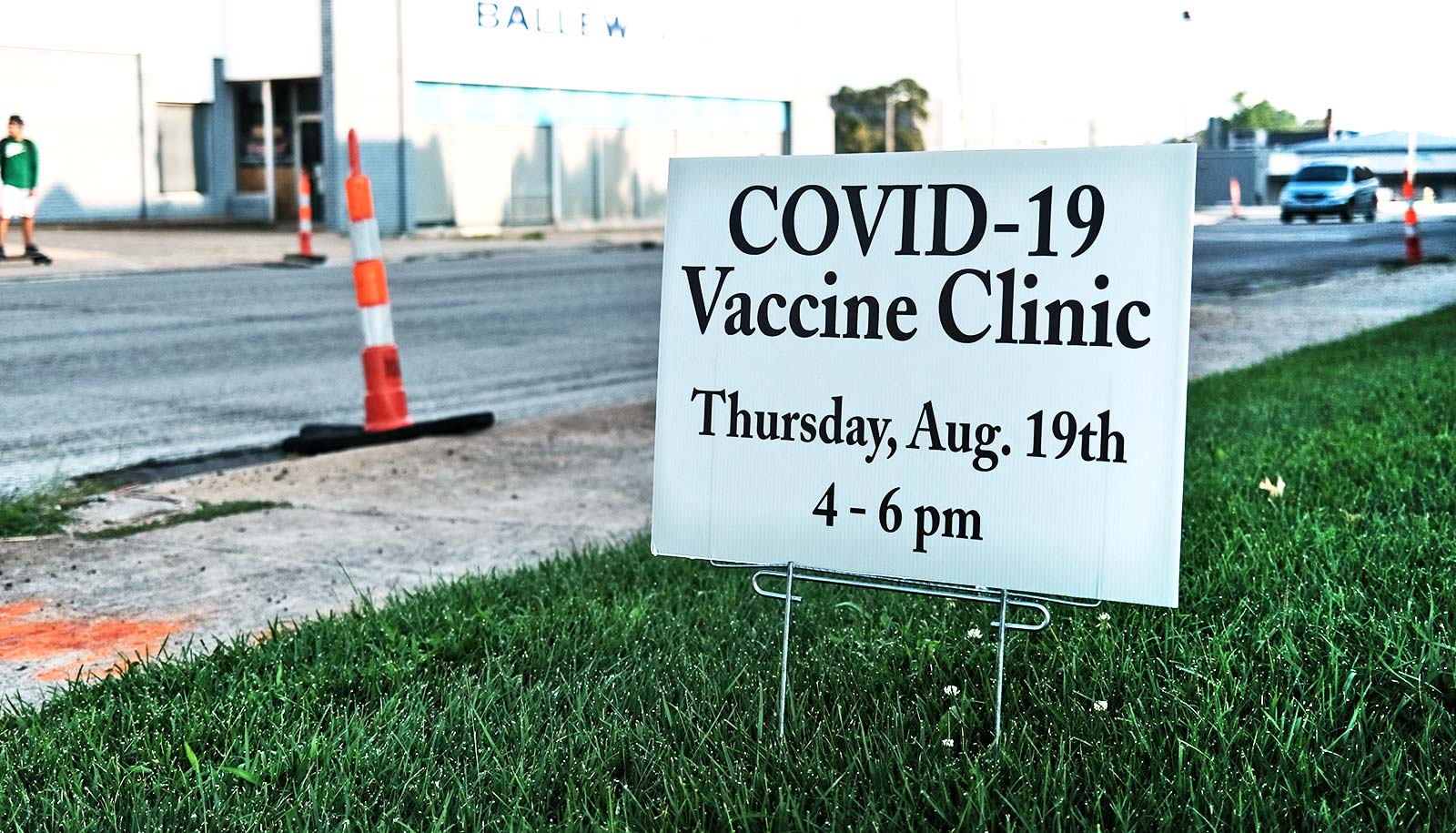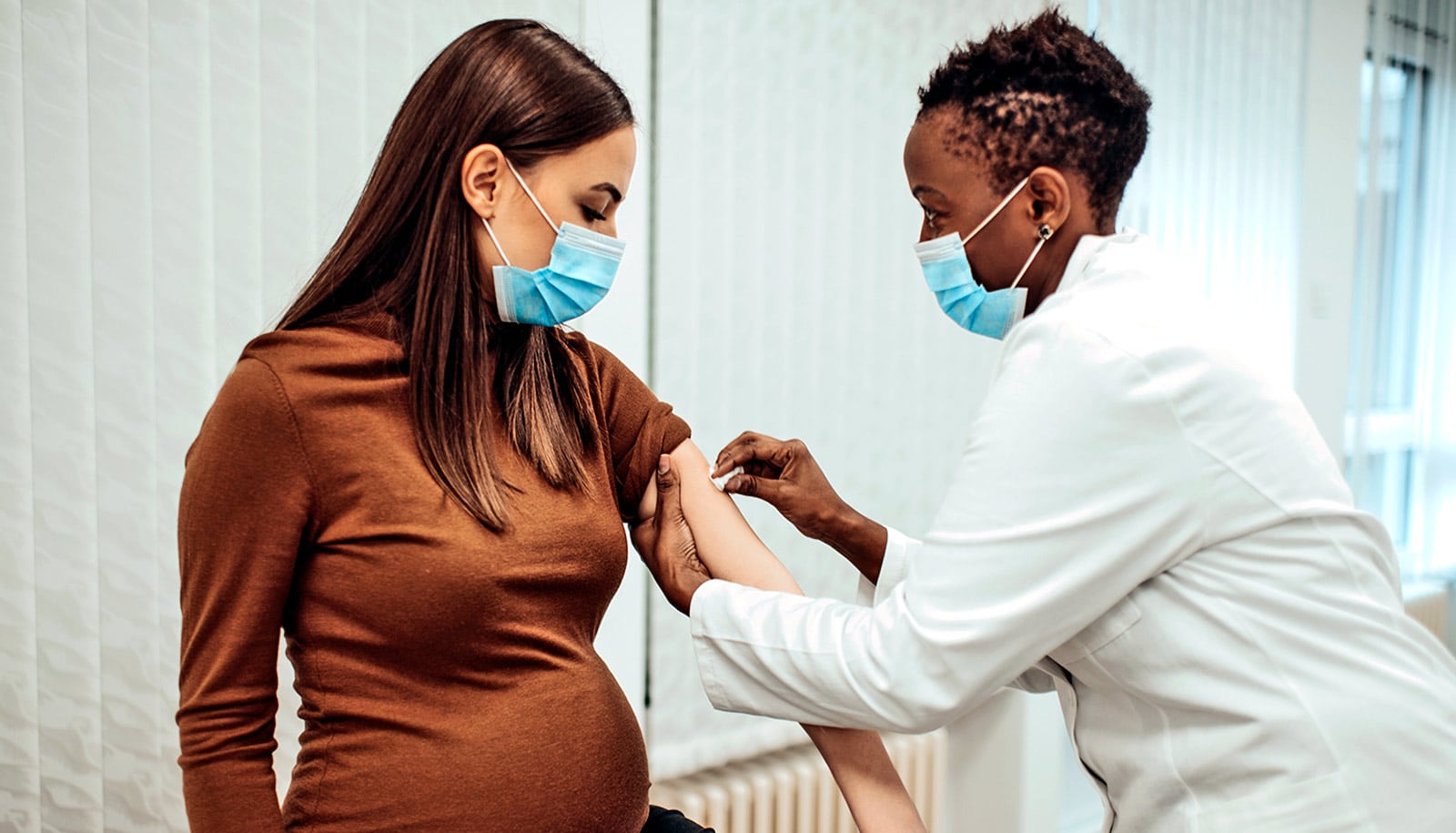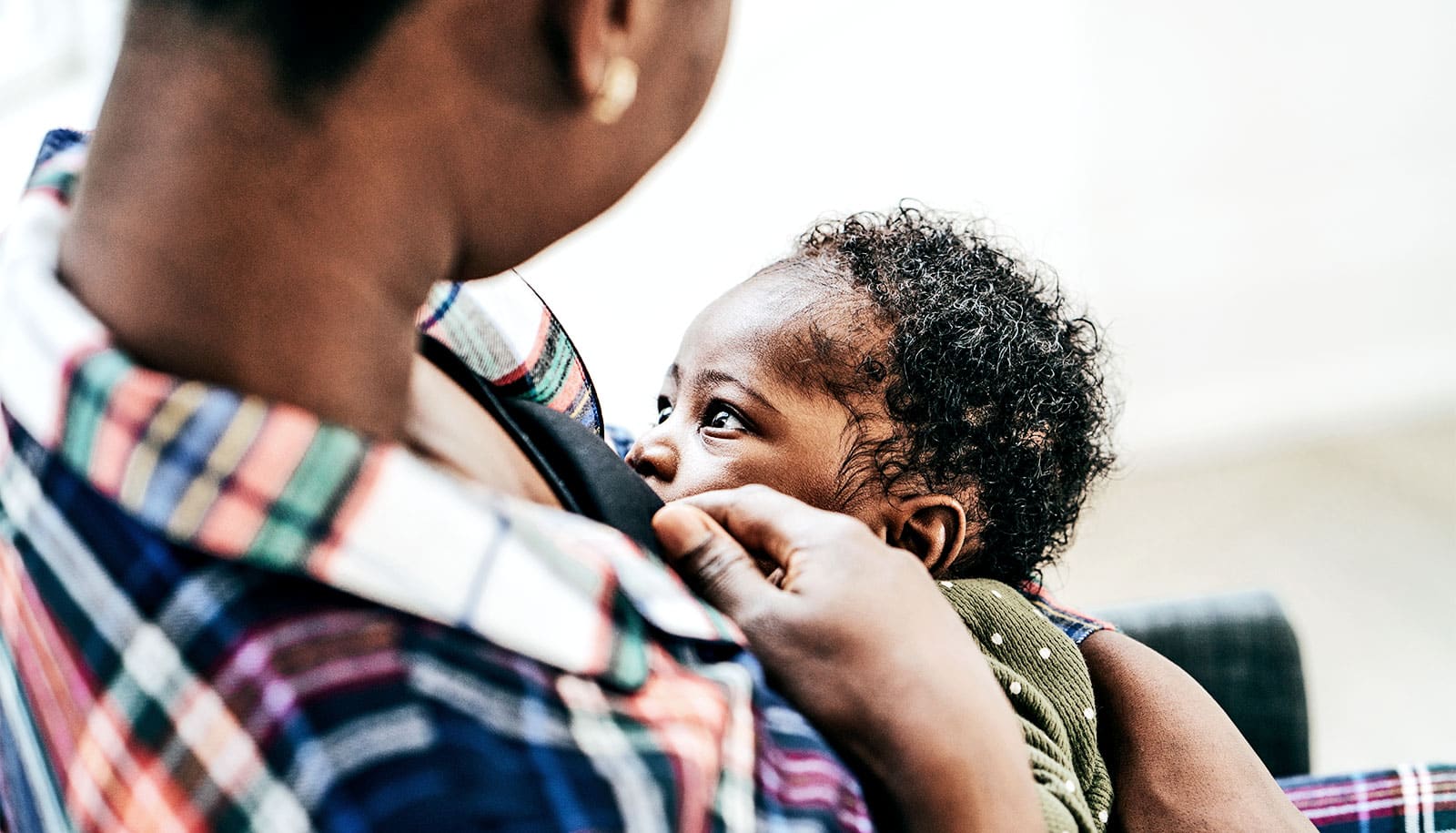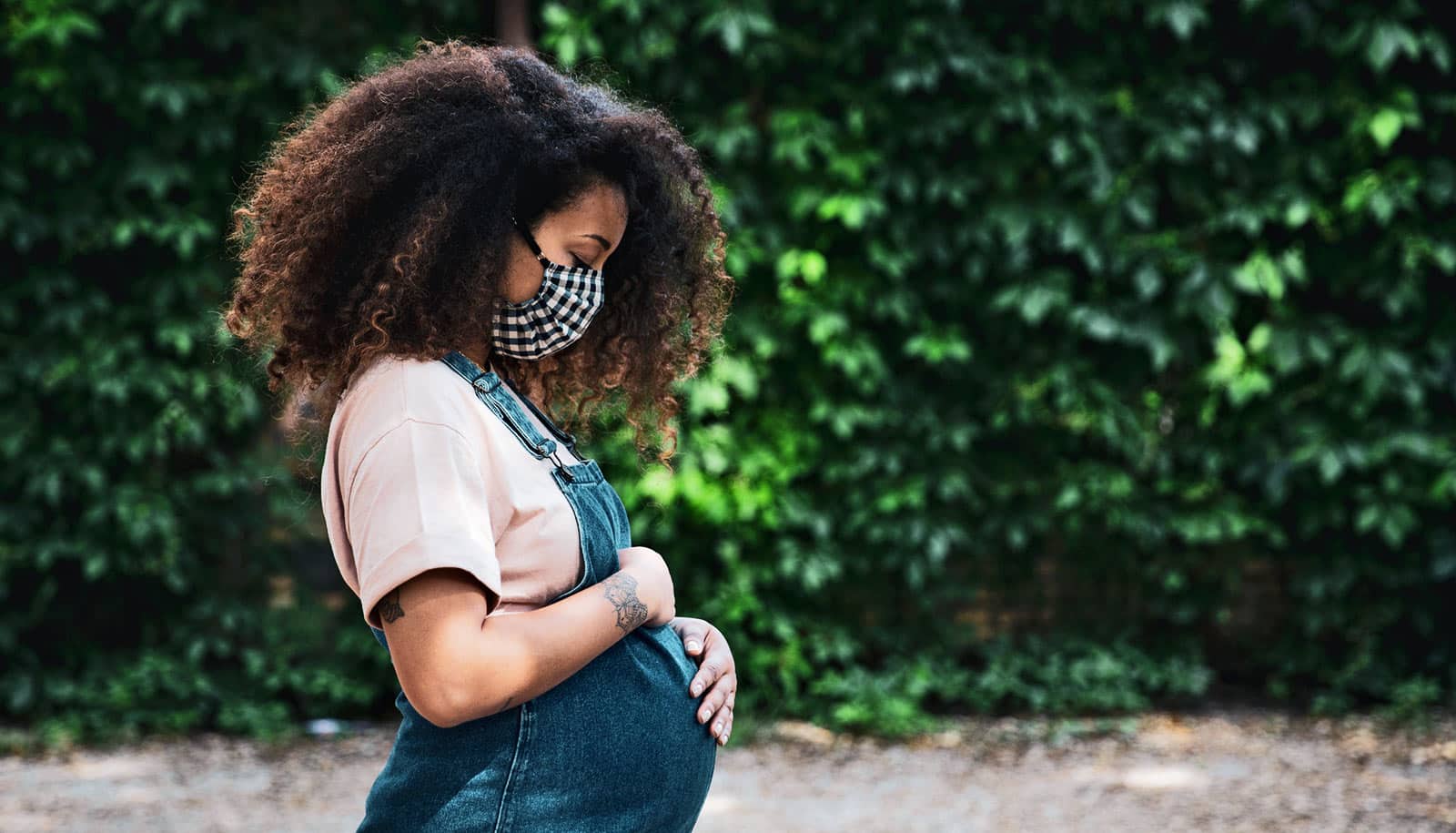A new study surveying pregnant women in the US reveals that those who have lower socioeconomic status and/or are African American are less likely to have the intention of taking a COVID-19 vaccine or actually receiving it.
Pregnant women are a vulnerable population for COVID-19 due to their risk for severe symptoms and adverse pregnancy outcomes.
The new study included 1,899 women 18 and older from all 50 states who enrolled during the second major wave of the pandemic in December 2020 and completed an additional survey three to four months later during the first quarter of 2021, once COVID-19 vaccines were available.
“We examined predictors of vaccine intention around social determinants of health and how those lead to actual vaccination uptake,” says lead author Heidi Preis, a research scientist in the psychology department and an assistant professor in the obstetrics, gynecology, and reproductive medicine department at the Renaissance School of Medicine at Stony Brook University.
“We found significant vaccination hesitancy that was clearly more prominent in socioeconomically disadvantaged groups, and this is concerning given the vulnerability of pregnant women in general and of disadvantaged populations in particular.”
The results of the study indicated that, overall, participants with below average financial status, only a high school education, and without private health insurance reported lower vaccination intention or lower vaccine uptake.
Among racial and ethnic groups, African Americans reported the lowest vaccine intention among all the groups. Moreover, their actual uptake was only partially explained by their vaccine intention, indicating that other factors, such as accessibility, might be at play.
Potential routes to increase vaccination in perinatal populations include reducing medical care accessibility barriers and providing information within communities about vaccine safety and efficacy, Preis says.
The strength of the study is its large cohort, longitudinal design, and answers from pregnant women from all over the country, the authors say. However, it had several limitations, namely that vaccination status was based on self-reports, participants were not asked whether or not they were fully vaccinated, and the sample was not educationally, economically, or racially representative of the entire US population.
They conclude that “lower uptake of COVID-19 vaccination among groups of pregnant women who face barriers because of their marginalized identity or insufficient socioeconomic resources is of particular concern because these groups already experience disparate rate of poor health, including worse perinatal outcomes and higher rates of COVID-19 morbidity and mortality.”
Funding came in part from the Stony Brook University Office of the VP for Research and the National Institutes of Health.
Source: Stony Brook University



